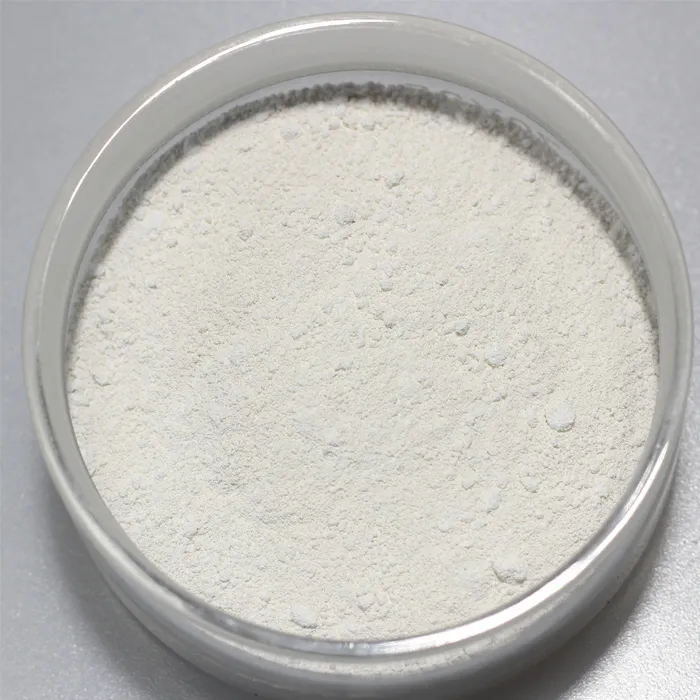Acrylamide in Water Treatment A Comprehensive Overview
Acrylamide is a chemical compound that has gained significant attention due to its potential impact on water treatment processes. It is primarily used in the production of polyacrylamide, a polymer that plays a crucial role in water purification, wastewater treatment, and various industrial applications. However, its presence and formation in water systems necessitate careful consideration, especially given its classification as a potential carcinogen.
What is Acrylamide?
Acrylamide is an organic compound that forms when certain foods are cooked at high temperatures or processed, but it can also be generated during water treatment processes. The compound is primarily associated with the polymerization process in water treatment applications, where it aids in the coagulation and flocculation of suspended particles, thereby improving water clarity.
The Role of Acrylamide in Water Treatment
In the context of water treatment, acrylamide is used in the production of polyacrylamide, which is an effective agent for removing turbidity and contaminants from water. When added to water, polyacrylamide forms flocs by binding to suspended particles, which then settle to the bottom or can be easily filtered out. This process is essential for treating drinking water and wastewater, ensuring that harmful pathogens and particulate matter are effectively removed.
Concerns Surrounding Acrylamide
acrylamide water treatment

Despite its benefits, the use of acrylamide in water treatment raises health concerns. Acrylamide is classified as a potential neurotoxin and carcinogen, primarily due to its ability to cause genetic mutations and its toxic effects on neural pathways. As a result, regulatory bodies have established guidelines to limit its concentration in drinking water. Prolonged exposure to high levels of acrylamide has been associated with various health issues, including cancer and neurological disorders, underscoring the need for stringent monitoring and control measures in water treatment processes.
Regulatory Measures and Best Practices
To manage the risks associated with acrylamide, several countries have implemented regulations governing its use in water treatment. These regulations typically include limits on the concentration of acrylamide in treated water, alongside guidelines for the use of polyacrylamide in various applications. Water treatment facilities are encouraged to adopt best practices for minimizing acrylamide formation during treatment processes, such as controlling the temperature and pH levels during polymerization.
Additionally, alternative treatment methods, such as ozone treatment and advanced oxidation processes, are being explored to reduce the reliance on acrylamide-based coagulants. These methods not only enhance water quality but also minimize the introduction of potentially hazardous chemicals into the water supply.
Conclusion
While acrylamide plays an essential role in enhancing water treatment processes, it is vital to recognize and address its associated risks. The balancing act between effective water purification and public health safety is crucial. Ongoing research and development into safer alternatives, together with strict regulatory frameworks, will pave the way for improved water treatment practices that protect both the environment and public health. Understanding the implications of acrylamide in water treatment is essential for ensuring that clean, safe drinking water remains accessible to all.

